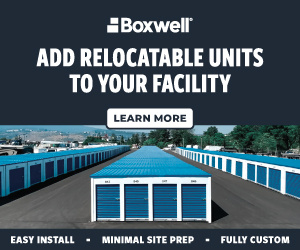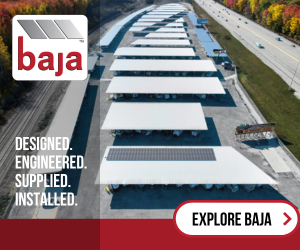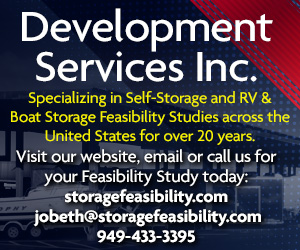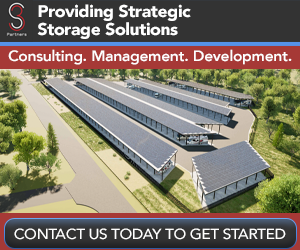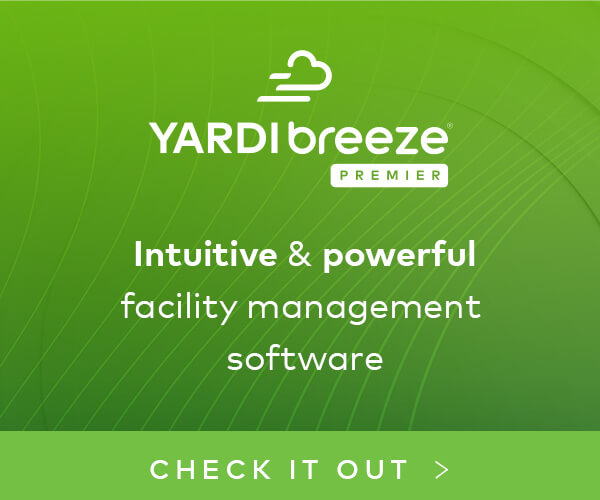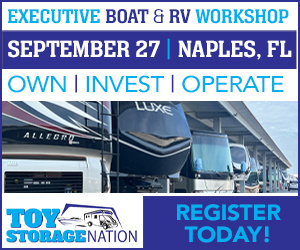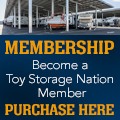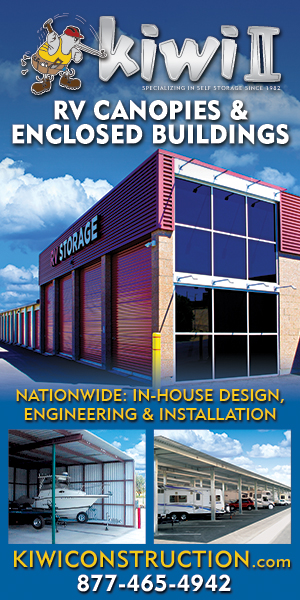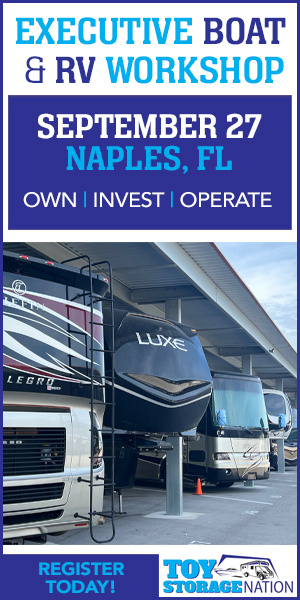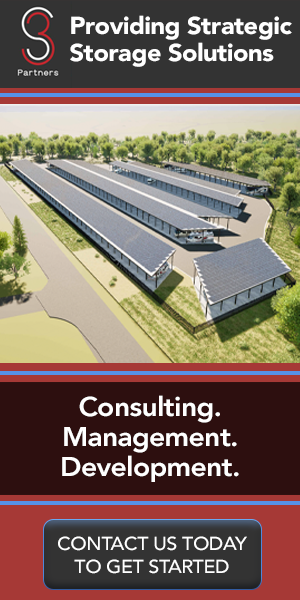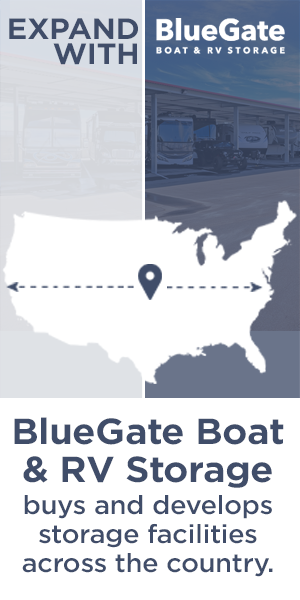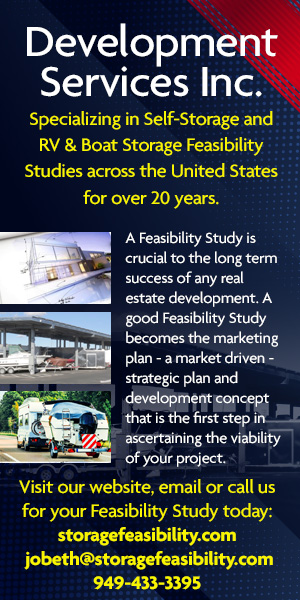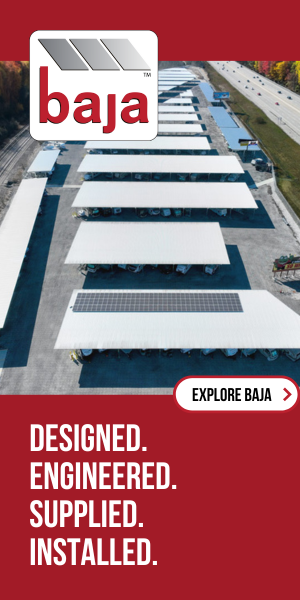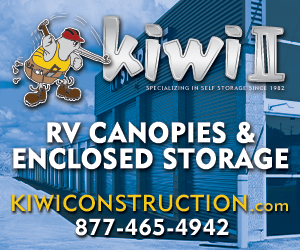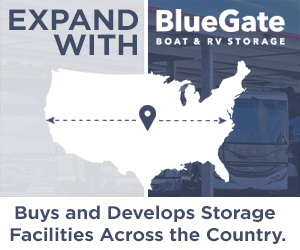By TrueGrid
Numerous factors go into creating a practical, efficient and profitable RV and boat storage facility. Making well-informed decisions in the design phase will set your new business up for success in the long term. This article outlines the five most important features you need to consider before all else.
1. SITE
The most critical factor in RV storage lot design, your site selection will dictate many of your other decisions going forward. When determining your site size, you will need an estimate of how many clients you will have. This approximation will give you an idea of how many acres of land you need. You’ll want to work with an experienced feasibility expert to make sure the demographics of your site is practical for the area you’ll be serving.
Property within city limits is not always necessary for an RV storage lot, and finding a piece of land that is convenient for clients heading out of town is key. Sites along popular roads that lead to lakes, rivers or major highways are good choices for RV storage lots.
As with any business venture, keeping your startup costs within an acceptable range is crucial. Parcels of land will be more expensive closer to town and developed areas. The farther away you get, the less expensive the land will cost.
2. LAYOUT
The layout of an RV storage lot largely depends on the size of the property. Unlike traditional storage spaces, RV storage requires extra room in the aisles, entries and exits to accommodate the large vehicles and awkward turning radiuses. There must be plenty of space for your clients to drive, turn, back up and pull out without damaging property or other vehicles. A storage site that has generous space will be more appealing to potential patrons.
3. STORAGE TYPE
There are three main storage types: open, canopy and enclosed. Each of these three varieties has distinct advantages and disadvantages, especially when it comes to your building budget and what you can charge tenants in the future.
Open/Uncovered
Open or uncovered storage lots do not provide shelter from the elements and are essentially big parking lots. While sheltered storage spaces add value to your business, they also take up valuable space and increase overhead and long-term maintenance costs. Uncovered storage spaces require minimal overhead and upkeep.
Canopy
Canopied storage spaces are a great compromise between open and enclosed storage. While providing cover from rain, snow, and hail, canopies cost significantly less than complete enclosures.
Enclosed
If you are specifically working to attract high-end RV owners, then you will likely need enclosed storage spaces. Although enclosed storage spaces are more expensive and require more long-term maintenance, they will undoubtedly attract the most discerning clientele. Offering complete protection from the elements, as well as security from theft and damage, enclosed storage is genuinely the top-tier of RV storage.
4. WASH/DUMP STATION
When planning your RV storage lot design, a popular feature that adds considerable value for your clientele is a wash and dump station.
Although it requires your property to have additional on-site utilities, providing the ability for clients to empty sewage and gray water after a trip or adventure is a huge selling point. Being able to wash the RV after a dusty weekend in the desert can also make your storage site much more desirable.
5. DRIVEWAY MATERIAL
Your driveway material should be a significant consideration when working on your RV storage lot design. Grass lawns will die and turn to rutted-out mud when consistently driven over; gravel driveways will develop deep ruts. Asphalt will crack and wear over time and require costly upkeep. Plus, depending on your city or town’s regulations, you may be required to have a certain percentage of permeable space, which asphalt will not be able to provide.
Many other services and features can be integrated into your RV and boat storage design. Before moving forward, it’s always best to review what currently exists in your market and let a robust feasibility study help you decide what will keep your site competitive in the future.
TRUEGRID has been building permeable pavers from 100% post-consumer recycled plastic for residential or commercial use since 2013.
Get a Class A education in RV and boat storage
To learn more about developing, operating and investing in RV and boat storage, register for the upcoming Toy Storage Nation Executive RV and Boat Storage Workshop in Fort Myers, Fla., Dec. 1, 2023. This exclusive, one-day workshop provides the A-to-Z compendium of RV and boat storage knowledge you need to accelerate your success in this rapidly growing, prosperous industry. Register today.











